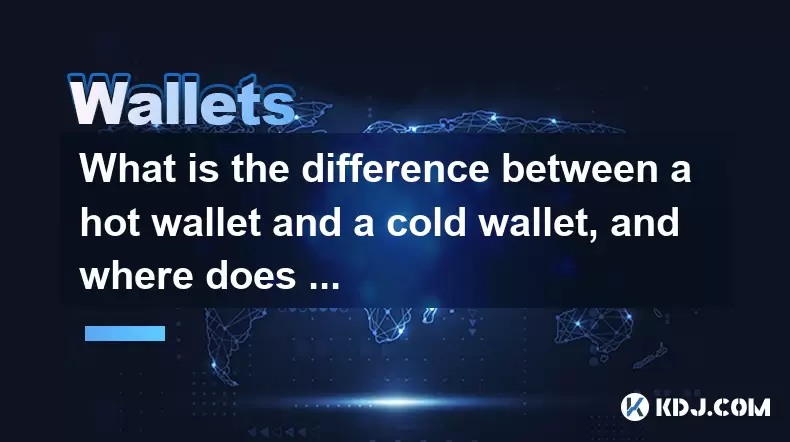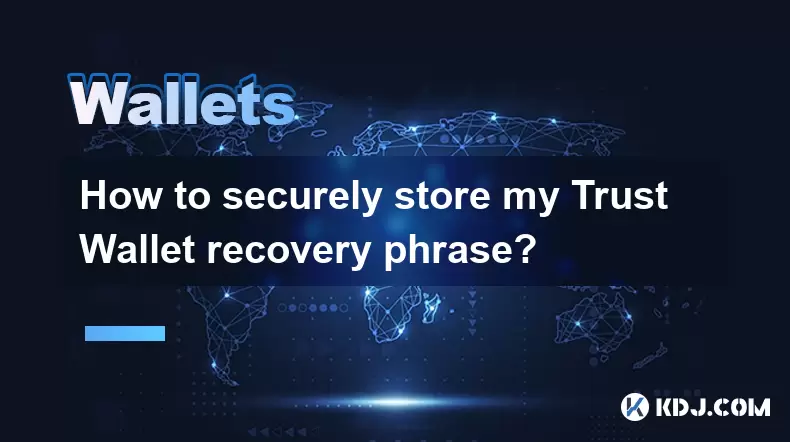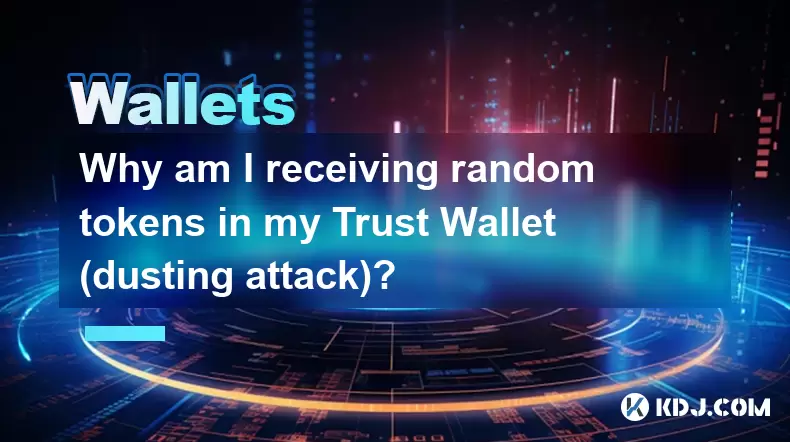-
 Bitcoin
Bitcoin $114200
0.00% -
 Ethereum
Ethereum $3637
0.56% -
 XRP
XRP $2.950
-2.01% -
 Tether USDt
Tether USDt $0.9999
0.02% -
 BNB
BNB $761.0
0.55% -
 Solana
Solana $164.1
-1.38% -
 USDC
USDC $0.9999
0.02% -
 TRON
TRON $0.3332
0.36% -
 Dogecoin
Dogecoin $0.2012
-0.52% -
 Cardano
Cardano $0.7261
-1.41% -
 Hyperliquid
Hyperliquid $37.62
-2.13% -
 Stellar
Stellar $0.3930
-2.65% -
 Sui
Sui $3.441
-0.16% -
 Bitcoin Cash
Bitcoin Cash $563.8
0.70% -
 Chainlink
Chainlink $16.50
0.09% -
 Hedera
Hedera $0.2424
-0.14% -
 Ethena USDe
Ethena USDe $1.001
0.01% -
 Avalanche
Avalanche $22.20
0.00% -
 Litecoin
Litecoin $118.0
-2.48% -
 UNUS SED LEO
UNUS SED LEO $8.991
0.12% -
 Toncoin
Toncoin $3.195
-3.87% -
 Shiba Inu
Shiba Inu $0.00001217
0.12% -
 Uniswap
Uniswap $9.674
-0.21% -
 Polkadot
Polkadot $3.633
1.00% -
 Monero
Monero $295.3
-0.82% -
 Dai
Dai $0.9999
0.00% -
 Bitget Token
Bitget Token $4.321
-0.41% -
 Cronos
Cronos $0.1392
0.73% -
 Pepe
Pepe $0.00001027
-0.89% -
 Aave
Aave $258.5
0.32%
What is the difference between a hot wallet and a cold wallet, and where does MetaMask fit in?
MetaMask is a hot wallet that offers easy access to dApps and DeFi but is best used for small, active funds due to its online vulnerability.
Aug 06, 2025 at 08:56 am

Understanding Hot Wallets and Their Functionality
A hot wallet is a cryptocurrency wallet that is connected to the internet. This connection enables users to send, receive, and manage digital assets in real time. Because it is online, a hot wallet allows for fast transaction execution, making it ideal for frequent traders and users who interact with decentralized applications (dApps). Examples of hot wallets include web-based wallets, mobile apps, and desktop software that maintain an active internet connection. The primary advantage of a hot wallet lies in its accessibility and convenience—users can access their funds from any device with internet connectivity. However, this convenience comes at the cost of increased exposure to cyber threats such as hacking, phishing, and malware attacks. Since private keys are stored on internet-connected devices, they are more vulnerable to unauthorized access.
Exploring Cold Wallets and Security Advantages
In contrast, a cold wallet is a cryptocurrency storage solution that operates offline. These wallets are not connected to the internet at any point during storage, which significantly reduces the risk of remote attacks. Cold wallets typically come in the form of hardware wallets (like Ledger or Trezor) or paper wallets (a printed version of public and private keys). When a transaction is initiated, the cold wallet signs it offline, and only the signed transaction is broadcast to the network—never exposing the private key to the internet. This air-gapped security model makes cold wallets the preferred choice for storing large amounts of cryptocurrency over long periods. The offline nature of cold wallets ensures that even if a user’s computer is compromised, the funds remain protected as long as the physical device or paper is secured.
Key Differences Between Hot and Cold Wallets
The primary distinction between hot and cold wallets lies in connectivity and security trade-offs. Hot wallets prioritize usability and immediate access, while cold wallets emphasize maximum security through isolation. Another critical difference is how private keys are managed. In hot wallets, private keys are often stored on servers or devices that are exposed to the internet, increasing the attack surface. Cold wallets keep private keys entirely offline, requiring physical interaction to authorize transactions. Transaction speed also varies: hot wallets can execute transfers instantly, whereas cold wallets require additional steps—such as connecting a hardware device and manually confirming transactions. Furthermore, hot wallets are generally free to use, while cold wallets require an upfront purchase. Users must weigh convenience against protection based on their usage patterns and the value of assets being stored.
MetaMask as a Hot Wallet: Features and Operation
MetaMask is a widely used cryptocurrency wallet that functions as a hot wallet. It operates as a browser extension and mobile application, enabling direct interaction with the Ethereum blockchain and Ethereum-compatible networks such as Binance Smart Chain and Polygon. When a user installs MetaMask, the software generates a 12-word recovery phrase (seed phrase) and stores the private keys locally on the user’s device. Despite local storage, MetaMask remains connected to the internet whenever the browser or app is active, classifying it as a hot wallet. It integrates seamlessly with decentralized exchanges (DEXs) and dApps, allowing users to swap tokens, stake assets, and participate in decentralized finance (DeFi) protocols. Because MetaMask requires no additional hardware and is free to set up, it is particularly popular among beginners and active blockchain participants.
Using MetaMask: Step-by-Step Setup and Security Practices
To begin using MetaMask, follow these steps:
- Visit the official MetaMask website and download the browser extension for Chrome, Firefox, or Brave
- Click “Get Started” and choose “Create a Wallet”
- Set a strong password that will encrypt the wallet data on your device
- Carefully write down the 12-word recovery phrase in the exact order and store it offline—never take a screenshot or save it digitally
- Confirm the recovery phrase within the interface to verify accuracy
- Complete setup and access your wallet dashboard
After setup, users can view their public address, which can be shared to receive funds. To enhance security, always ensure the MetaMask extension is downloaded from the official site to avoid phishing versions. Enable the auto-lock feature with a short timeout period. When interacting with dApps, review transaction details thoroughly before signing. Never share the recovery phrase with anyone, and consider using a hardware wallet in conjunction with MetaMask for high-value transactions. Although MetaMask is a hot wallet, combining it with cold storage practices—such as transferring large holdings to a hardware device—can mitigate risks.
When to Use Hot Wallets vs. Cold Wallets
Hot wallets like MetaMask are best suited for daily transactions and active engagement with blockchain applications. If you frequently trade tokens, participate in NFT minting, or use DeFi platforms, keeping a small amount of funds in a hot wallet ensures smooth operations. Cold wallets are recommended for long-term storage of significant assets. Users who hold cryptocurrency as an investment should transfer the majority of their holdings to a hardware wallet. For example, one might keep 5–10% of their total crypto in MetaMask for operational use, while the remainder is secured in a Ledger device. This hybrid approach balances accessibility and protection. Institutions and high-net-worth individuals almost exclusively use cold storage for the bulk of their digital assets, relying on hot wallets only for limited, controlled disbursements.
Frequently Asked Questions
Can MetaMask be used with a hardware wallet?
Yes, MetaMask supports integration with hardware wallets such as Ledger and Trezor. You can connect the device via USB or Bluetooth, then import the account into MetaMask. This allows you to interact with dApps while keeping private keys secured on the offline device. To do this, select “Hardware Wallet” during account import in MetaMask and follow the prompts.
Is it safe to keep large amounts of cryptocurrency in MetaMask?
Storing large amounts in MetaMask is not recommended due to its hot wallet nature. While the private keys are stored locally, internet-connected devices are susceptible to malware and phishing attacks. For substantial holdings, transfer funds to a cold wallet after use.
What happens if I lose my MetaMask recovery phrase?
If you lose your 12-word recovery phrase and your device becomes inaccessible, you will permanently lose access to your wallet and funds. There is no recovery mechanism. Always store the phrase securely using a metal backup or offline vault.
Can MetaMask store non-Ethereum cryptocurrencies?
MetaMask can store any token built on Ethereum-compatible blockchains. Users can manually add tokens by entering the contract address. It supports BEP-20, ERC-20, and other standards, but does not natively support coins from non-compatible networks like Bitcoin or Solana without bridge solutions.
Disclaimer:info@kdj.com
The information provided is not trading advice. kdj.com does not assume any responsibility for any investments made based on the information provided in this article. Cryptocurrencies are highly volatile and it is highly recommended that you invest with caution after thorough research!
If you believe that the content used on this website infringes your copyright, please contact us immediately (info@kdj.com) and we will delete it promptly.
- Binance, CZ, and the FTX Fallout: The $1.8 Billion Question
- 2025-08-06 18:30:12
- Brendan Rodgers, Celtic, and the Greg Taylor Role: A Tactical Conundrum
- 2025-08-06 18:50:12
- Coinbase Stock, Investment, and Earnings: Navigating Crypto's Tides
- 2025-08-06 18:55:54
- DALPY Coin: Investor Buzz Swirls Around Upcoming 'Game-Changing' Features
- 2025-08-06 18:30:12
- BlockchainFX: Your Ticket to 1000x Crypto Gains in '25?
- 2025-08-06 19:30:12
- Dogecoin Price, Technical Indicators, and Trader Sentiment: A NYC Perspective
- 2025-08-06 19:35:12
Related knowledge

How to add TRC20 token to Trust Wallet?
Aug 04,2025 at 11:35am
Understanding TRC20 and Trust Wallet CompatibilityTrust Wallet is a widely used cryptocurrency wallet that supports multiple blockchain networks, incl...

How to securely store my Trust Wallet recovery phrase?
Aug 06,2025 at 07:14am
Understanding the Importance of Your Trust Wallet Recovery PhraseYour Trust Wallet recovery phrase, also known as a seed phrase or mnemonic phrase, is...

How to change the currency in Trust Wallet?
Aug 06,2025 at 07:14pm
Understanding Currency Display in Trust WalletTrust Wallet does not allow users to change the base currency used for valuation in the same way traditi...

Why am I receiving random tokens in my Trust Wallet (dusting attack)?
Aug 06,2025 at 10:57am
What Is a Dusting Attack in the Cryptocurrency Space?A dusting attack occurs when malicious actors send minuscule amounts of cryptocurrency—often frac...

What is a watch-only wallet in Trust Wallet?
Aug 02,2025 at 03:36am
Understanding the Concept of a Watch-Only WalletA watch-only wallet in Trust Wallet allows users to monitor a cryptocurrency address without having ac...

Why can't I connect my Trust Wallet to a DApp?
Aug 04,2025 at 12:00pm
Understanding DApp Connectivity and Trust WalletConnecting your Trust Wallet to a decentralized application (DApp) is a common process in the cryptocu...

How to add TRC20 token to Trust Wallet?
Aug 04,2025 at 11:35am
Understanding TRC20 and Trust Wallet CompatibilityTrust Wallet is a widely used cryptocurrency wallet that supports multiple blockchain networks, incl...

How to securely store my Trust Wallet recovery phrase?
Aug 06,2025 at 07:14am
Understanding the Importance of Your Trust Wallet Recovery PhraseYour Trust Wallet recovery phrase, also known as a seed phrase or mnemonic phrase, is...

How to change the currency in Trust Wallet?
Aug 06,2025 at 07:14pm
Understanding Currency Display in Trust WalletTrust Wallet does not allow users to change the base currency used for valuation in the same way traditi...

Why am I receiving random tokens in my Trust Wallet (dusting attack)?
Aug 06,2025 at 10:57am
What Is a Dusting Attack in the Cryptocurrency Space?A dusting attack occurs when malicious actors send minuscule amounts of cryptocurrency—often frac...

What is a watch-only wallet in Trust Wallet?
Aug 02,2025 at 03:36am
Understanding the Concept of a Watch-Only WalletA watch-only wallet in Trust Wallet allows users to monitor a cryptocurrency address without having ac...

Why can't I connect my Trust Wallet to a DApp?
Aug 04,2025 at 12:00pm
Understanding DApp Connectivity and Trust WalletConnecting your Trust Wallet to a decentralized application (DApp) is a common process in the cryptocu...
See all articles

























































































